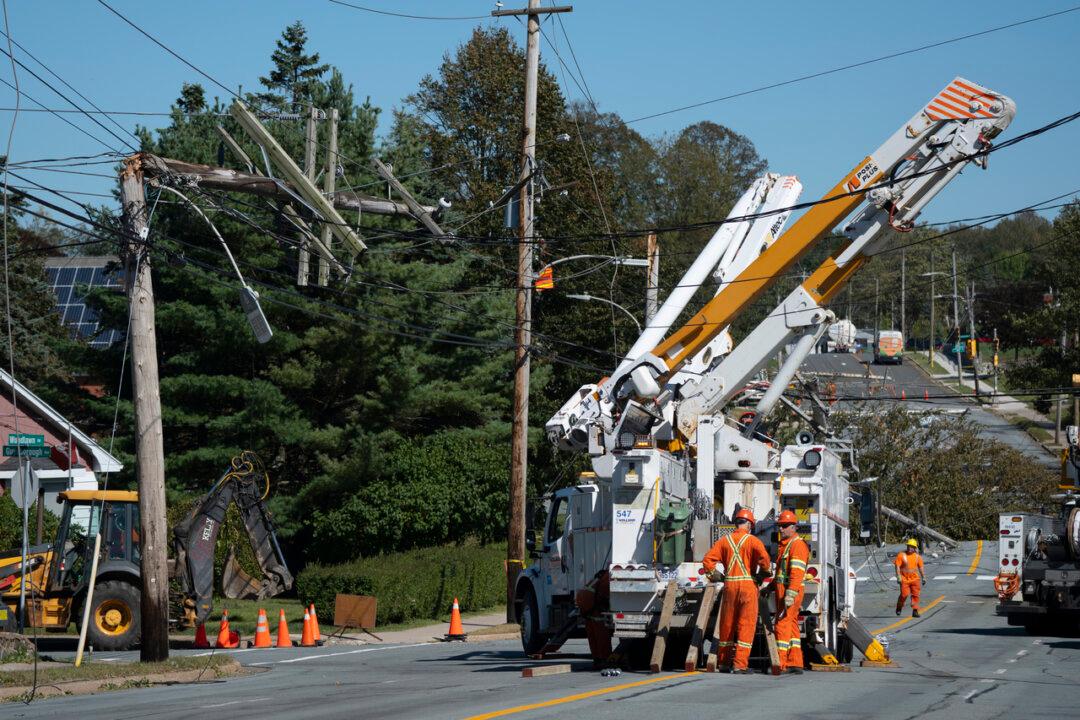Atlantic Canada is assessing the trail of destruction left by the historic post-tropical storm Fiona, as it moved inland from southeastern Quebec early on Sept. 25. Search and rescue operations have resumed, and at least one death has been reported in Prince Edward Island.
P.E.I. officials said at a press conference on Sept. 25 that the cause of death has yet to be determined, but a primary investigation suggests that a generator is involved.





